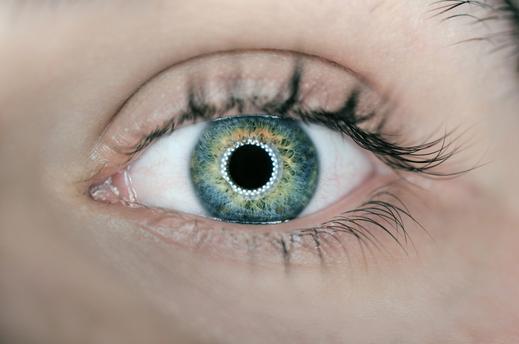Astigmatism is an eye condition resulting from an imperfection in the curvature of the eye’s cornea or lens. Normally, the cornea and lens are smooth and curved equally in all directions; then light rays are focused sharply onto the retina at the back of the eye. If the cornea or lens isn’t smooth and evenly curved, light rays aren’t refracted properly. This is called a refractive error.

When the cornea has an irregular shape, this is called corneal astigmatism. When the shape of the lens is distorted, this is called lenticular astigmatism. In either, vision for both near and far objects is blurry or distorted.
Astigmatism will often be present alongside other conditions; nearsightedness(myopia) or farsightedness(hyperopia)
How prevalent is astigmatism? In one European study(Williams, K.M., 2015), the percentage of adult participants with astigmatism was 27.3%.
Causes:
It is not known why there is variance in corneal shape from person to person, but irregular corneal shape may be inherited. Astigmatism may develop after an eye disease, injury, or surgery.
Symptoms:
If these symptoms are present, an eye test is necessary to find if you have astigmatism:
- Eyestrain
- Distorted or blurry vision
- Headaches
- Squinting to see things
Treatment:
Treatment options include contact lenses, glasses, laser eye surgery(in some cases).
Additionally, acupuncture from a practitioner with specialist ophthalmic acupuncture training can offer measurable improvements.
To arrange your free consultation to see if acupuncture can help, you can get in contact here.

